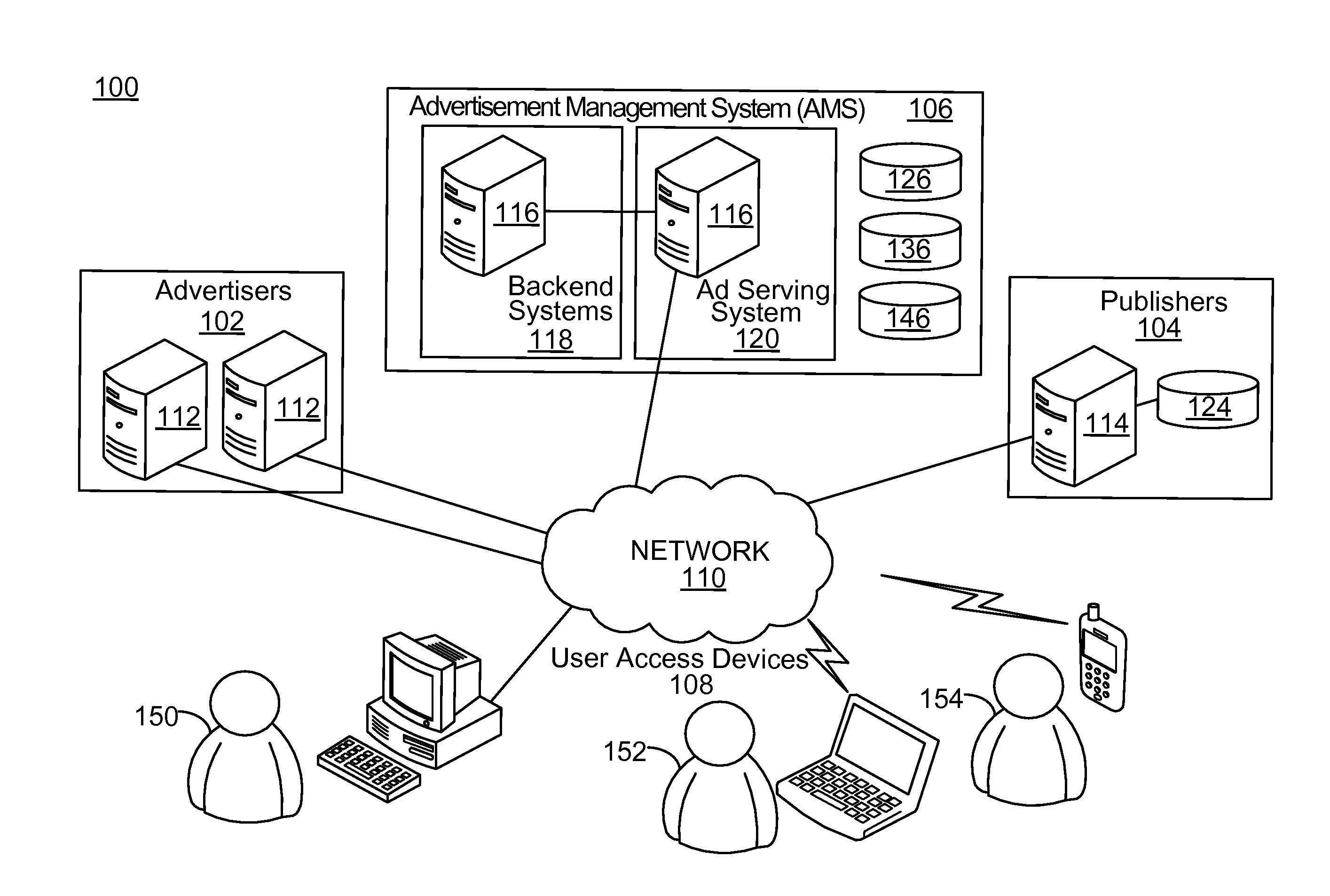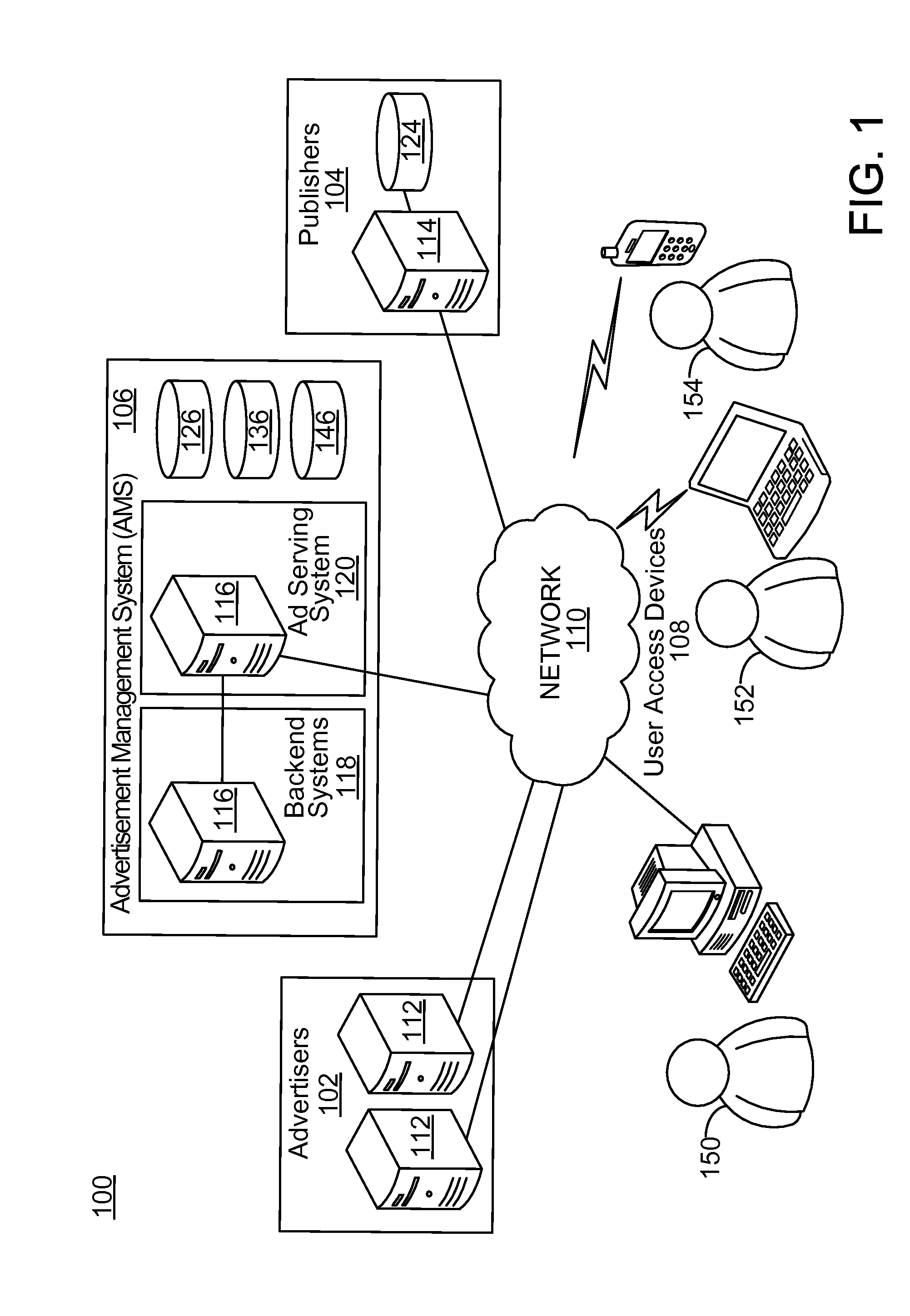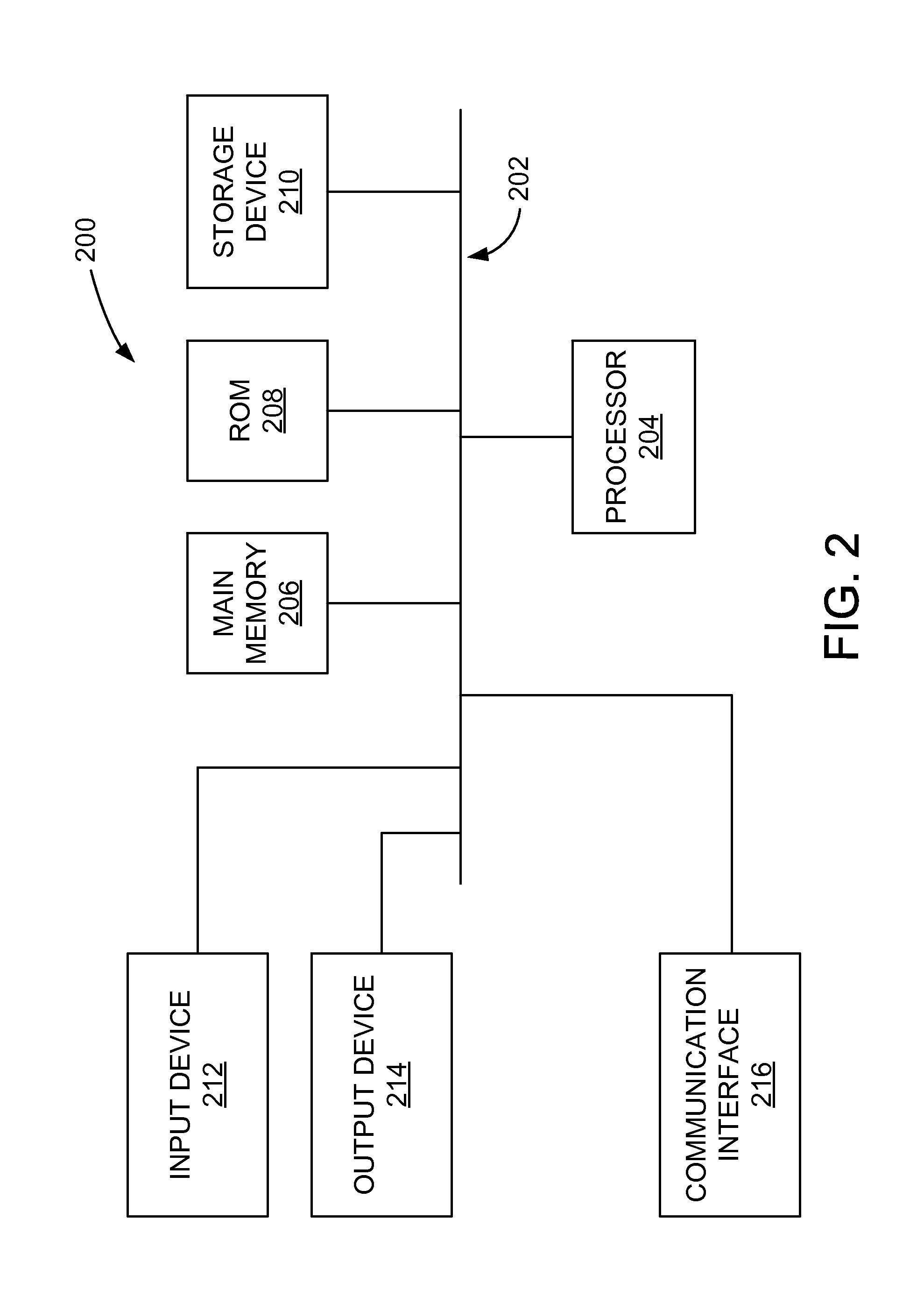Systems and methods for layered training in machine-learning architectures
a machine learning and layered training technology, applied in machine learning, instruments, data processing applications, etc., can solve the problems of inefficient or impractical system waiting time, requiring relearning, recalibration,
- Summary
- Abstract
- Description
- Claims
- Application Information
AI Technical Summary
Benefits of technology
Problems solved by technology
Method used
Image
Examples
Embodiment Construction
[0023]The following detailed description of implementations refers to the accompanying drawings. The same reference numbers in different drawings may identify the same or similar elements. Also, the following detailed description does not limit the claims.
[0024]This subject matter described herein relates generally to training of machine-learning architectures, such as gradient-descent machine learning architectures. As used herein, machine-learning systems are systems that can learn from data based upon the application of analytical methods, numerical methods, or any combination of such methods. Specifically, the methods and systems described herein enable receiving a plurality of data elements wherein each data element is associated with a timestamp, determining a training window for each model layer of a layered stack of model layers, determining a plurality of training data elements for each training window by identifying the data elements with timestamps corresponding to each o...
PUM
 Login to View More
Login to View More Abstract
Description
Claims
Application Information
 Login to View More
Login to View More - R&D
- Intellectual Property
- Life Sciences
- Materials
- Tech Scout
- Unparalleled Data Quality
- Higher Quality Content
- 60% Fewer Hallucinations
Browse by: Latest US Patents, China's latest patents, Technical Efficacy Thesaurus, Application Domain, Technology Topic, Popular Technical Reports.
© 2025 PatSnap. All rights reserved.Legal|Privacy policy|Modern Slavery Act Transparency Statement|Sitemap|About US| Contact US: help@patsnap.com



